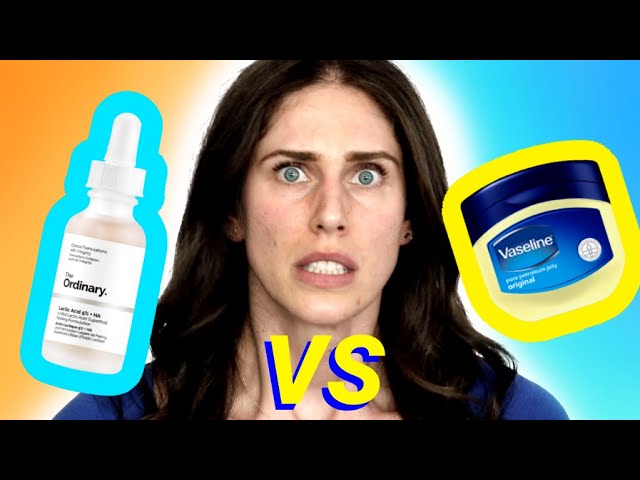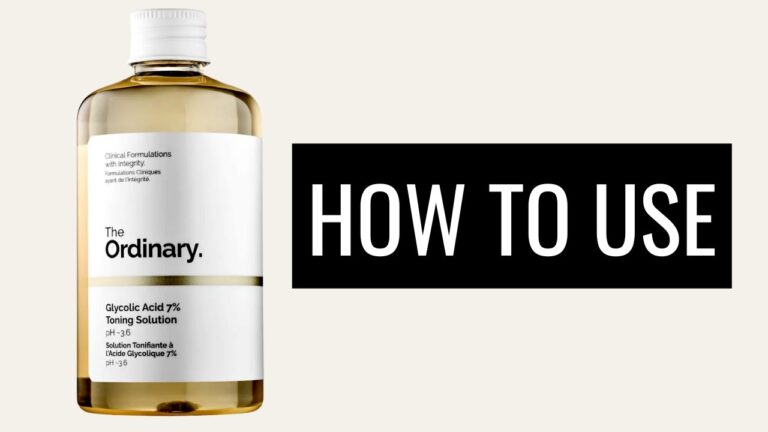Discover the Benefits of Using Azelaic Acid: A Complete Guide to Its Uses and Benefits
Azelaic acid is a topical medication used to treat a variety of skin conditions. Derived from grains such as barley and wheat, it is a dicarboxylic acid that has anti-inflammatory and comedolytic properties. Azelaic acid is also a popular ingredient in many skincare products due to its ability to manage hyperpigmentation, reduce redness, and improve overall skin texture.
What is Azelaic Acid Used For?
Azelaic acid is primarily used to treat acne, rosacea, and hyperpigmentation. It works by reducing the growth of the bacteria that cause acne and decreasing the production of keratin, which can clog pores and lead to breakouts. Because it has anti-inflammatory properties, azelaic acid also helps to reduce redness and swelling associated with acne and rosacea.
In addition to its acne-fighting properties, azelaic acid is also used to manage hyperpigmentation. It helps to even out skin tone by inhibiting the production of melanin, the pigment that gives skin its color. This makes it an effective treatment for conditions such as melasma, a type of hyperpigmentation that typically occurs during pregnancy or as a result of hormonal fluctuations.
How to Use Azelaic Acid
Azelaic acid is available in a variety of forms, including creams, gels, and foams. It is applied topically to the affected area twice daily, following cleansing and before moisturizing. Because it can cause dryness and irritation, it is recommended that users begin with a lower concentration of azelaic acid and gradually increase to higher concentrations as tolerated. It is also important to use sunscreen during the day as azelaic acid can increase skin sensitivity to the sun.
Skincare Products with Azelaic Acid
There are many skincare products on the market today that contain azelaic acid. Some popular options include The Ordinary Azelaic Acid Suspension 10%, Paula’s Choice 10% Azelaic Acid Booster, and Finacea Gel. These products are formulated with varying concentrations of azelaic acid and are designed to be used in conjunction with a regular skincare routine.
Side Effects of Azelaic Acid
While azelaic acid is generally well-tolerated, some users may experience side effects such as dryness, stinging, and itching. These side effects are typically mild and resolve with continued use of the medication. In rare cases, more severe side effects such as hives and swelling may occur. If this occurs, users should discontinue use of azelaic acid and seek medical attention.
Conclusion
Azelaic acid is a versatile topical medication that is used to manage a variety of skin conditions. Its anti-inflammatory and comedolytic properties make it an effective treatment for acne and rosacea, while its ability to manage hyperpigmentation makes it a popular ingredient in many skincare products. Overall, azelaic acid is a safe and effective treatment option for those looking to improve the overall health and appearance of their skin.
Most searched products:
Does Sephora Support Israel? Answering Your Questions
The Ultimate Guide to Azealic Acid: Benefits, Uses, and Side Effects
Discover the Benefits of The Ordinary Botox for Your Skin
How Long Does Glycolic Acid Take to Show Results: Your Ultimate Guide
The Perfect Order: When to Use Retinol and Niacinamide in Your Skincare Routine
The Ultimate Guide to The Ordinary Colours Foundation: Reviews, Swatches, and Tips
The Ultimate Reviews of The Ordinary Peeling Solution
Spherical Meaning: Understanding the Definition and Significance
All You Need to Know: Lactic Acid Uses and Benefits
Find Your Perfect Skin Mate: Tips and Tricks for Flawless Skin












